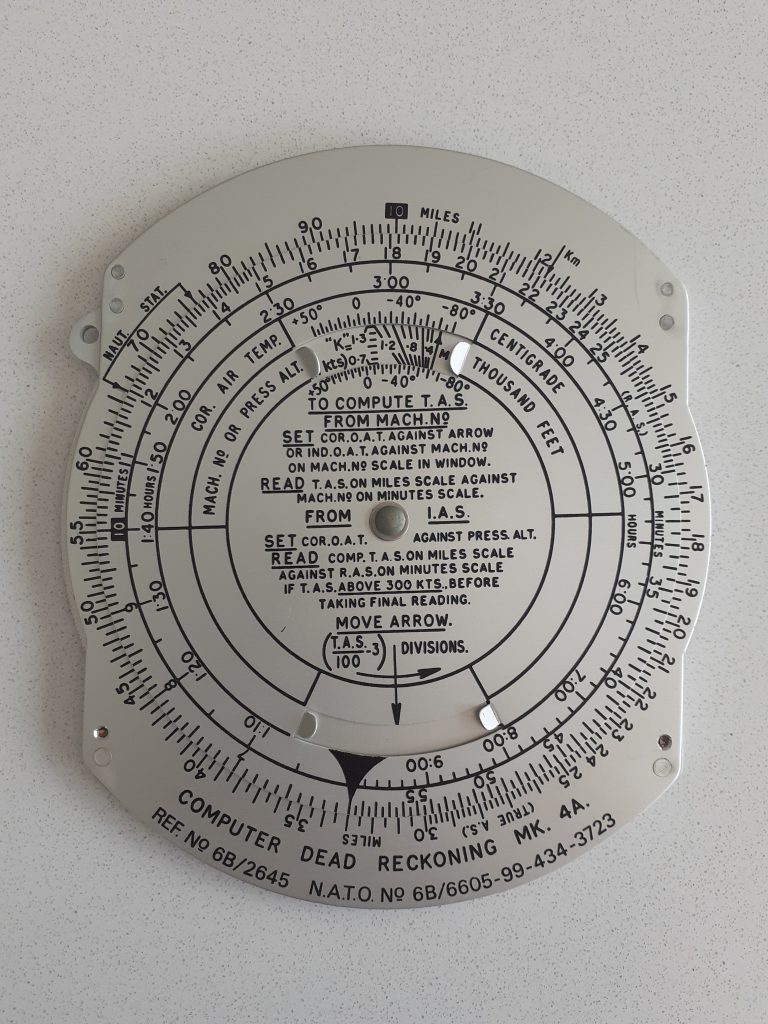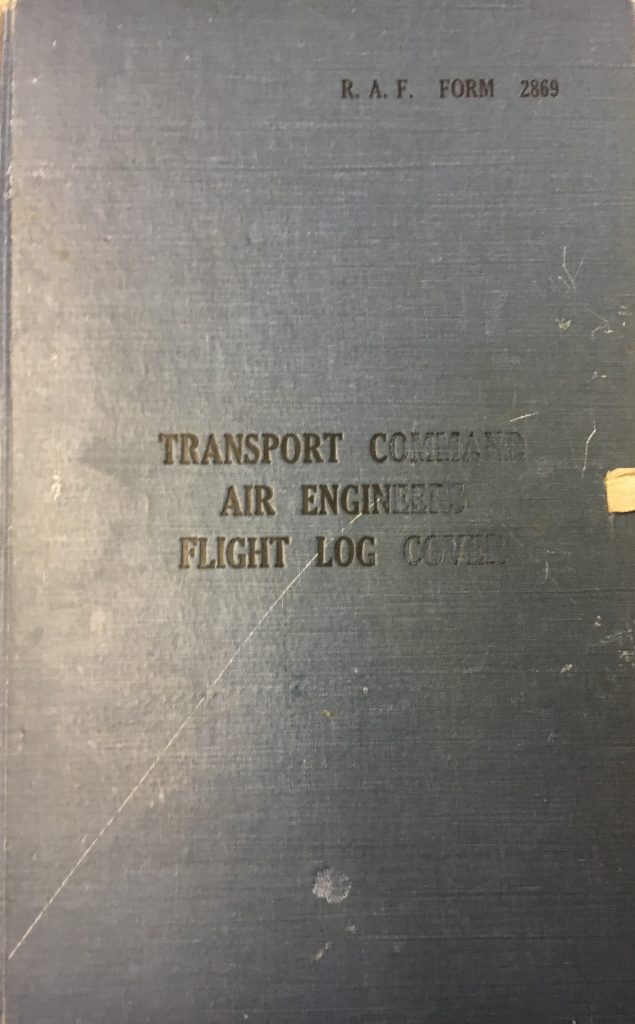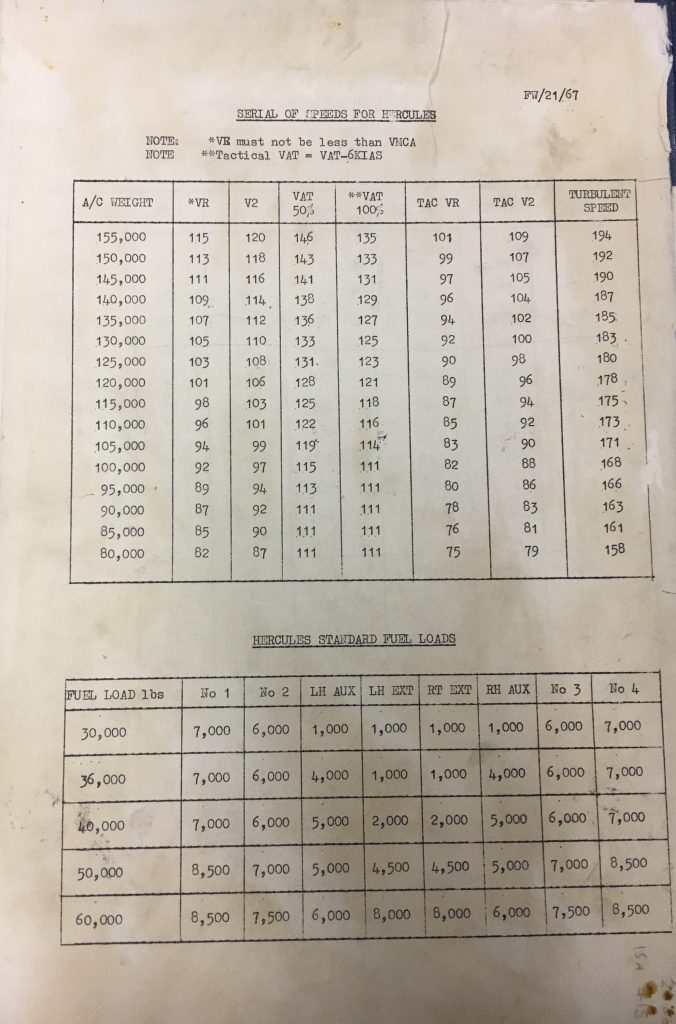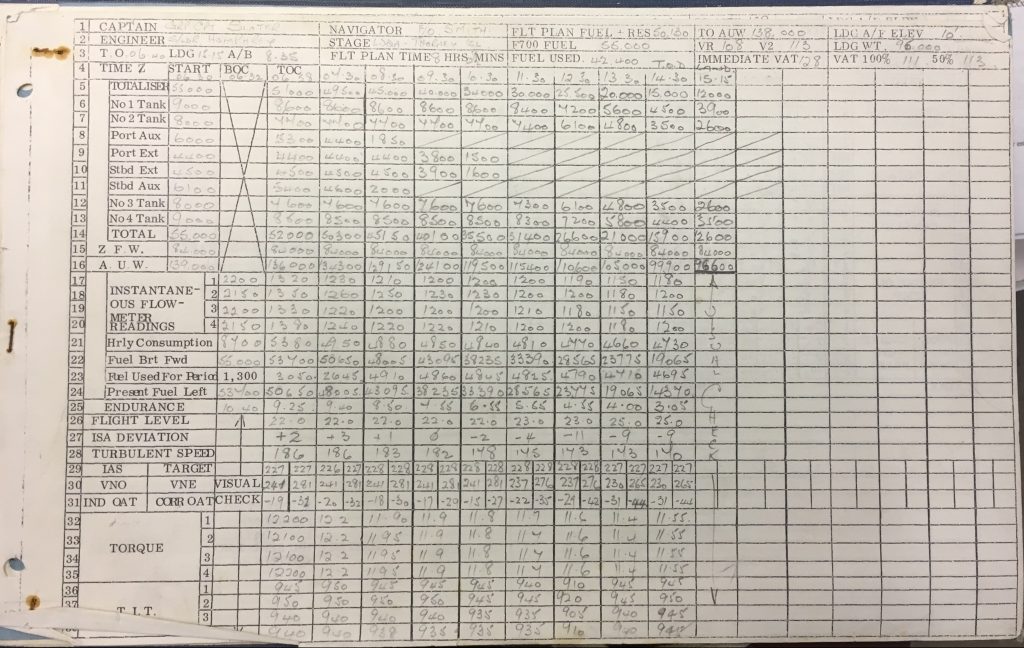Dalton Computer
The device’s original name is E-6B, but is often abbreviated as E6B, or hyphenated as E6-B for commercial purposes. The E-6B was developed in the United States by Naval Lt. Philip Dalton (1903–1941) in the late 1930s. The name comes from its original part number for the U.S Army Air Corps, before its reorganization in June 1941. Philip Dalton was a Cornell University graduate who joined the United States Army as an artillery officer, but soon resigned and became a Naval Reserve pilot from 1931 until he died in a plane crash with a student practicing spins. He, with P. V. H. Weems, invented, patented and marketed a series of flight computers.
After Dalton’s death, Weems[4] updated the E-6B and tried calling it the E-6C, E-10, and so forth, but finally fell back on the original name, which was so well known by 50,000 World War II Army Air Force navigator veterans. After the patent ran out, many manufacturers made copies, sometimes using a marketing name of “E6-B” (note the moved hyphen). An aluminium version was made by the London Name Plate Mfg. Co. Ltd. of London and Brighton and was marked “Computer Dead Reckoning Mk. 4A Ref. No. 6B/2645” followed by the arrowhead of UK military stores.

Engineer’s Logs

Shackleton Air Eng Log 
Transport Command Air Eng Log Cover 
Hercules Performance Data 
Hercules Air Eng Log